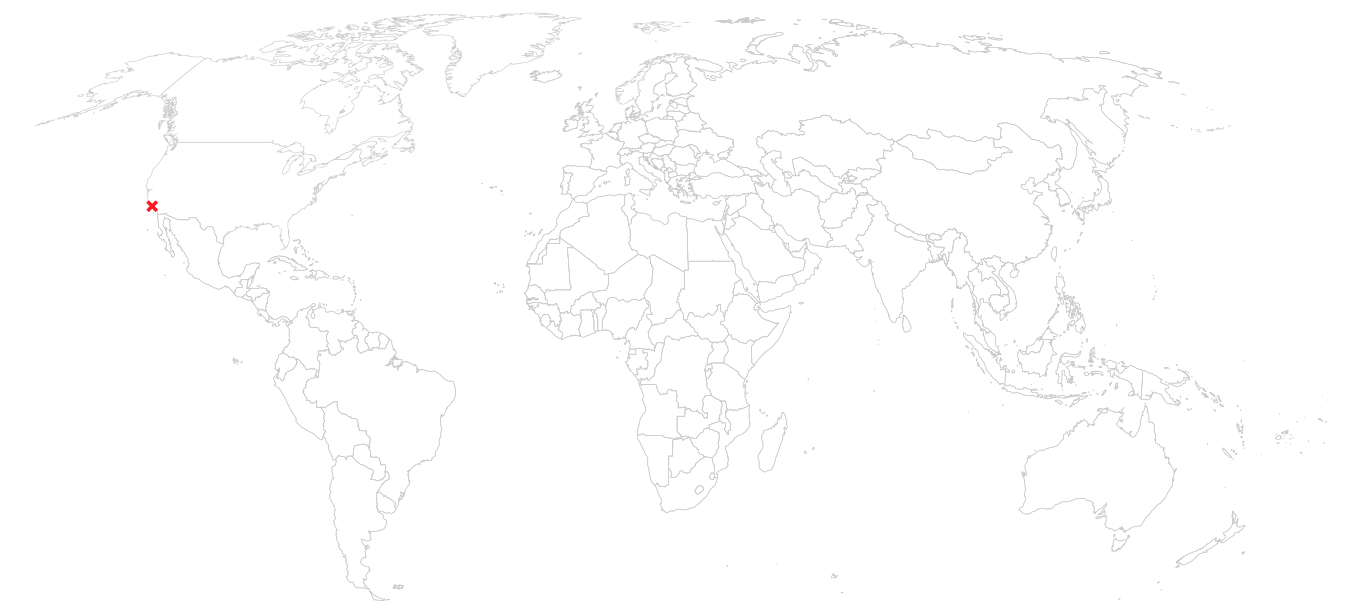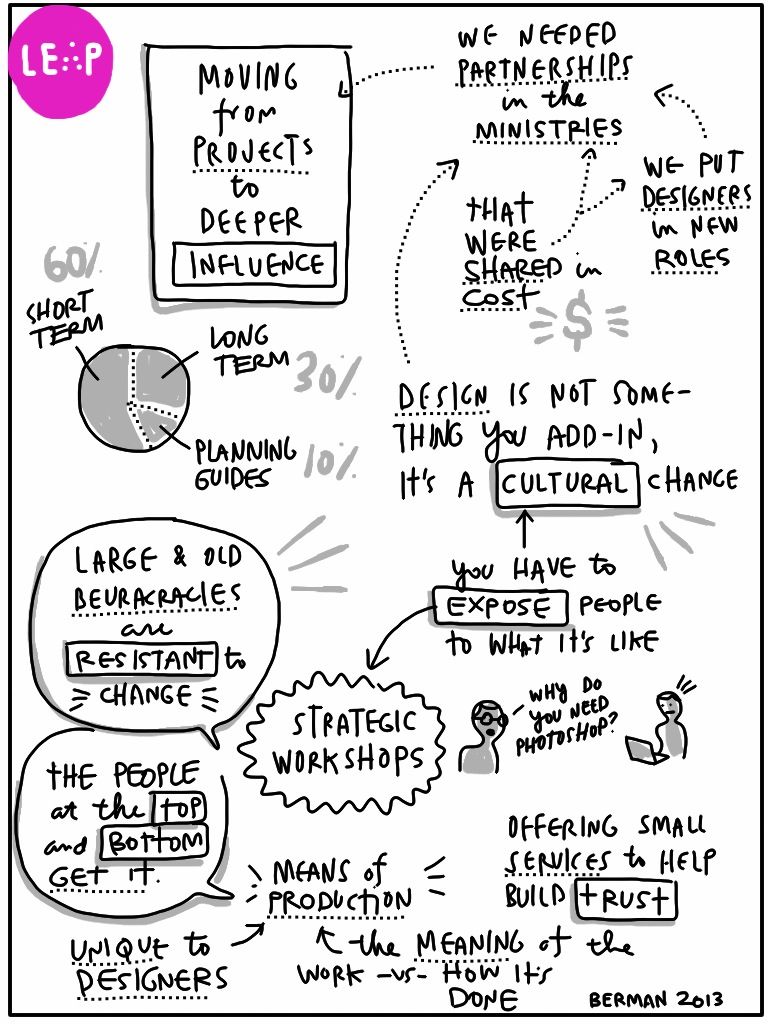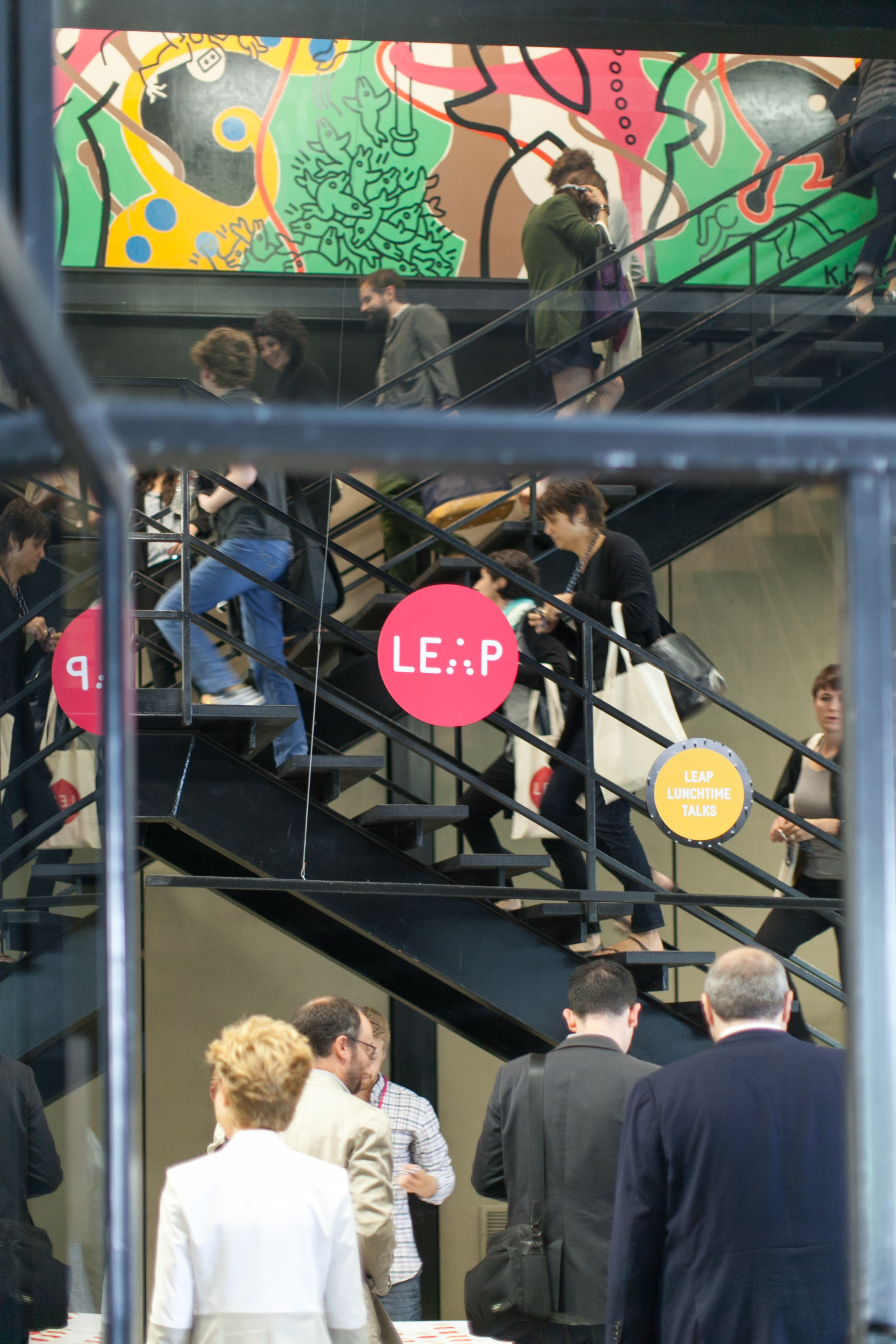

Why does the subject of designing for social impact belong in design schools?
Social impact is a term that you can apply across sectors- design, engineering, business, science, government, and the new models in social enterprise- as such, there are career opportunities opening up, and of course a wave of social entrepreneurs are forging their own career paths. I think part of that is driven by the millennial generation, who have been shown by numerous surveys and studies to value impact in their work. These new careers in social impact require new and unique skills, so schools across the country are starting graduate and undergraduate programs that focus on social impact- I took several classes at business school on social innovation and entrepreneurship. Design in particular has a unique power to tackle the big challenges of the world, and designers need to learn both the technical skills of design and how to apply those skills in new, complex situations. Design for social impact programs at design schools both teach the important skills and tools and give designers the safe space to explore case studies, theoretical problems and real-world projects under the guidance of faculty and experts. Even if students don’t initially want to build a career in social impact, they often either change their minds after taking a social impact class or look for ways to integrate the skills and lessons from that class into their more mainstream projects and careers.
the interview in full- length will be publishedin a book after our journey.stay tuned – #thewalzhappens
jennifer may started her career at Designmatters in 2013. at this time she managed the LEAP Symposium, an invitation-only, working symposium bringing together innovation leaders from art, design, business, government and nonprofit. together, they mapped the new career paths for designers and artists in the emerging field of social innovation. now as the director for Designmatters, she currently runs the Designmatters Fellowship Program and works with the team on developing external partnerships.
| date: | may, 2015 |
| city: | los angeles |
| interview with: | jennifer may |
| www: | designmattersatartcenter.org |

"A project may have product designers, filmmakers, photographers, illustrators and environmental designers all working together on a sticky challenge, and we hear time and time again from students that working with other disciplines and having multiple perspectives strengthens the ultimate outcome of the project.""
100 innovation leaders from around the US, a mix of 40% non designers (private sector, public sector and social enterprise) and 60% designers (practitioners, educators, and students) gathered at Art Center for three days, and five main topics surfaced from the intensive working sessions:
The Symposium ended with a “science fair” featuring proposals and ideas around these five topics. The important conversation started at LEAP is continuing with future iterations of LEAP slated to be hosted by different art and design institutions on a biennial basis. LEAP Dialogues, a publication that will build on the insights from LEAP and articulate the challenges and opportunities around building careers in the field of social impact design through a wide array of diverse and dynamic voices, is now in the works. LEAP Dialogues will be published in late Fall 2015 with the support of the Autodesk Foundation.

(C)2013 Craighton Berman LEAP Symposium

(C)2013 Dice Yamaguchi for LEAP Symposium
all images of the featured project are from the LEAP Symposium.